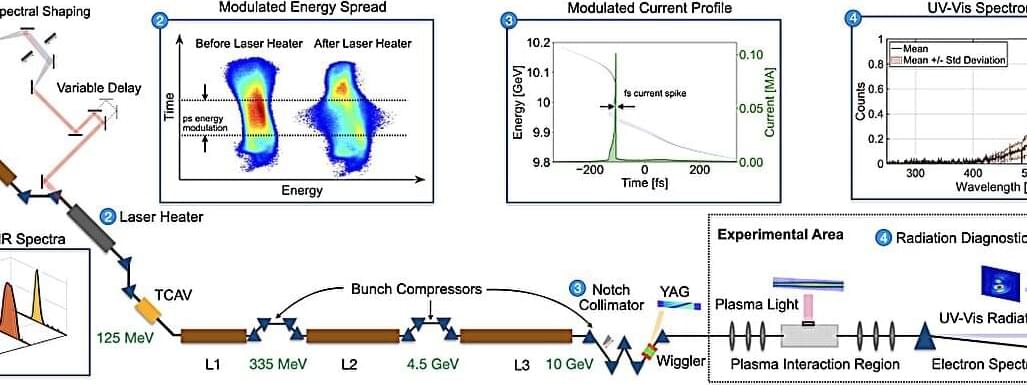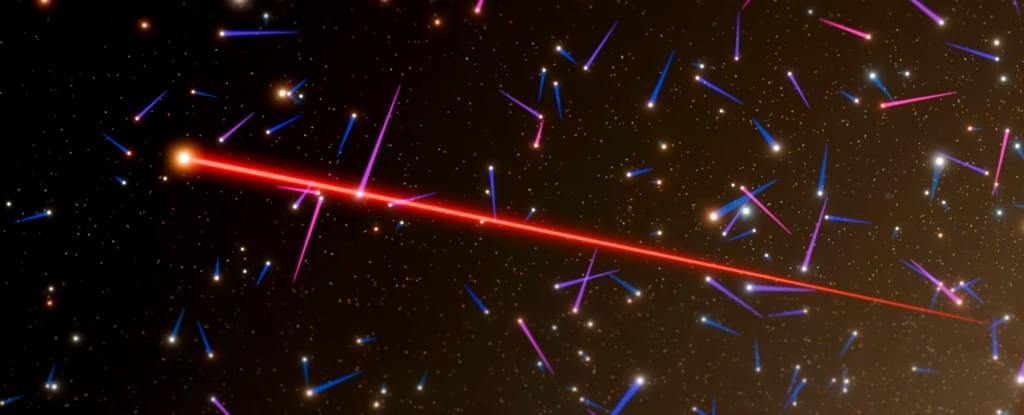A team of physicists at the SLAC National Accelerator Laboratory, in Menlo Park, California, generated the highest-current, highest-peak-power electron beams ever produced. The team has published their paper in Physical Review Letters.
For many years, scientists have been finding new uses for high-powered laser light, from splitting atoms to mimicking conditions inside other planets. For this new study, the research team upped the power of electron beams, giving them some of the same capabilities.
The idea behind the newer, more powerful beams was pretty simple, the team acknowledges; it was figuring out how to make it happen that was difficult. The basic idea is to pack as much charge as possible into the shortest amount of time. In their work, they generated 100 kiloamps of current for just one quadrillionth of a second.




